Sight Seeing
Durgapur is a major industrial city and a planned urban agglomeration in the Indian state of West Bengal. Located in Paschim Bardhaman district, economy and technology wise it is the most important city and urban agglomeration of West Bengal next to Kolkata and also the most important industrial hub of West Bengal.
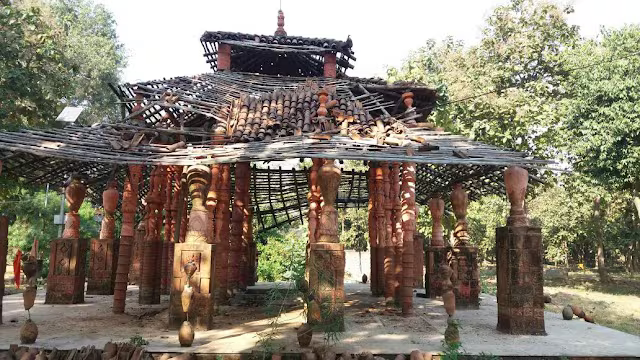
Garh, The verdant forest
You don’t have to be a nature enthusiast to appreciate the peace and quiet of the Garh forest. Raja Surath’s Durga Pujo ceremonies, led by Mahamuni Medhas, took place in this jungle, which came to be known as the Dharma Garh of Raja Surath.
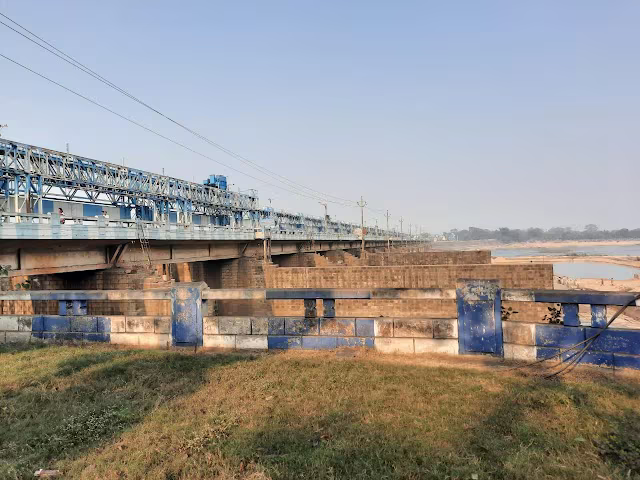
Durgapur Barrage
The famed Durgapur Barrage, which was built to manage the flow of the Damodar River every monsoon, connects Durgapur and Bankura. The River Damodar’s flooding is so devastating that it has earned it the nickname “Sorrow of Bengal.” Because of this engineering marvel, the river’s water level is always controlled.
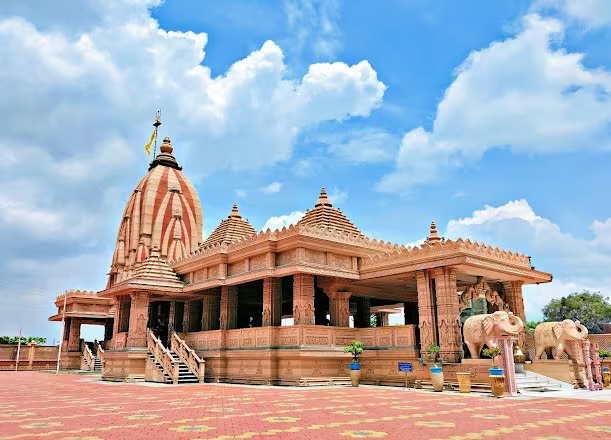
Shiv Shakti Dham
The Gopalmath neighbourhood of Durgapur, West Bengal is home to the brand-new Hindu shrine Shiv Shakti Dham. You may also hear it referred to as the Gopalmath Shiv Mandir. There are several other temples in Durgapur, but this one stands out as the largest.

Rahreswar Shiv Temple
One of the oldest Shiv Mandir in Durgapur, the Rahreswar Shiv Temple is also a historical landmark. As a religious destination, it is among Durgapur’s most visited sites. This ancient temple has been there for over a millennium. It was constructed by the Rarh dynasty’s Maharaja Ballal Sen in the year 1200.
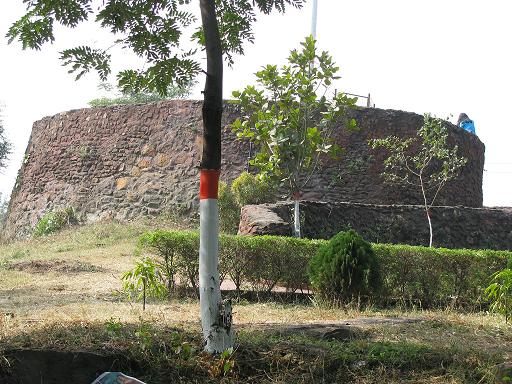
Bhabani Pathak’s Tilla
Bankim Chandra Chattopadhyay in his novels, ‘Devi Chaudhurani’ and ‘Durgesh Nandini’ mentioned this maze of tunnels and ever since then, it is one of Durgapur’s prime attractions.The place is now a protected monument. It opens in the city center region and goes right up to Damodar River. This well preserved place is definitely not to be missed. But do not venture into uncertain places as you might get lost
Other Popular places in and around Durgapur

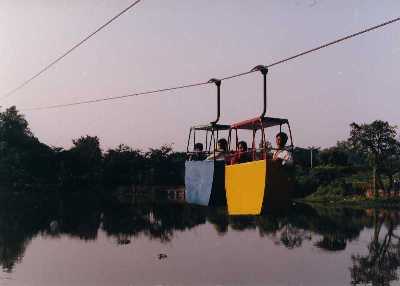
Troinka Park
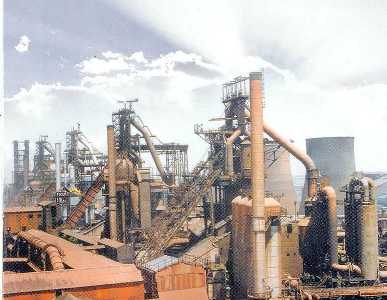
Durgapur Steel Plant

Durgapur Barrage
Social Media Updates
Stay Connected with Us
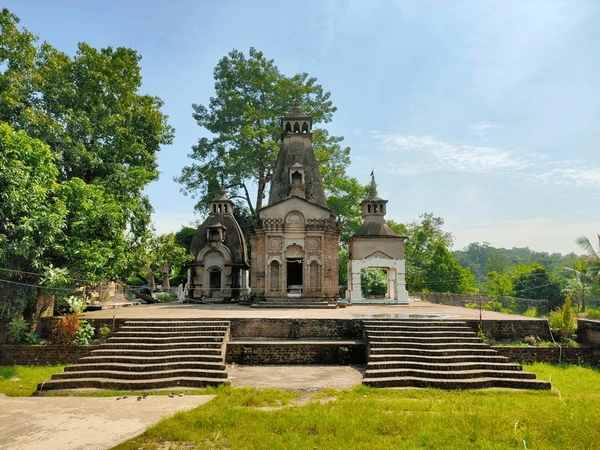
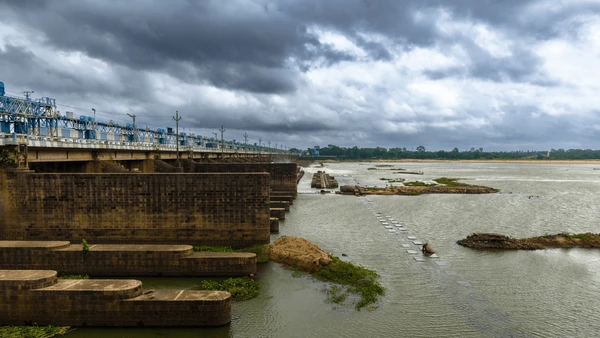
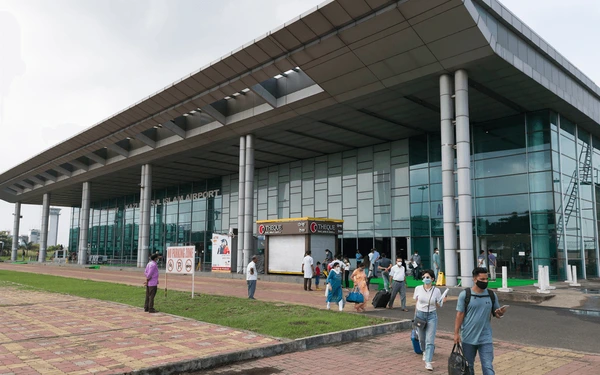





 Like Us
Like Us
 Subscribe Us
Subscribe Us
 Follow Us
Follow Us
 Follow Us
Follow Us